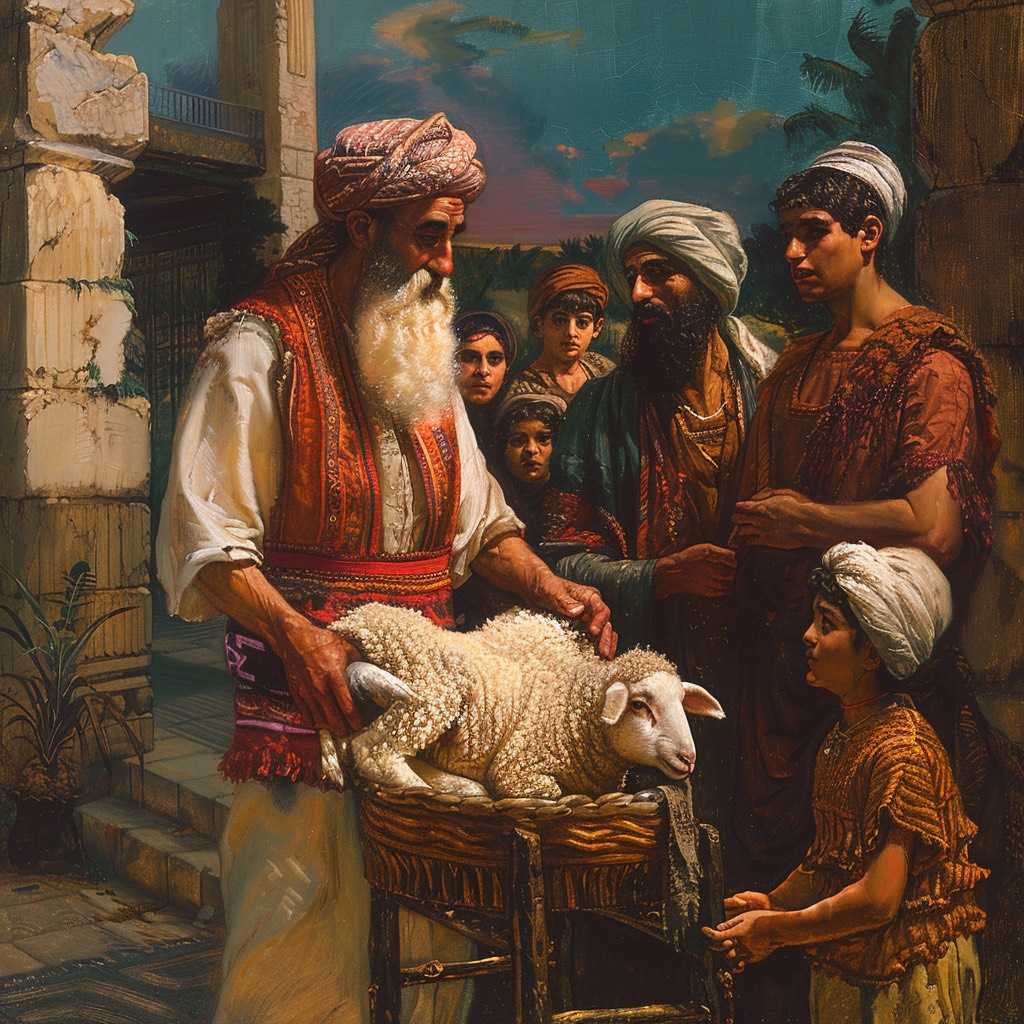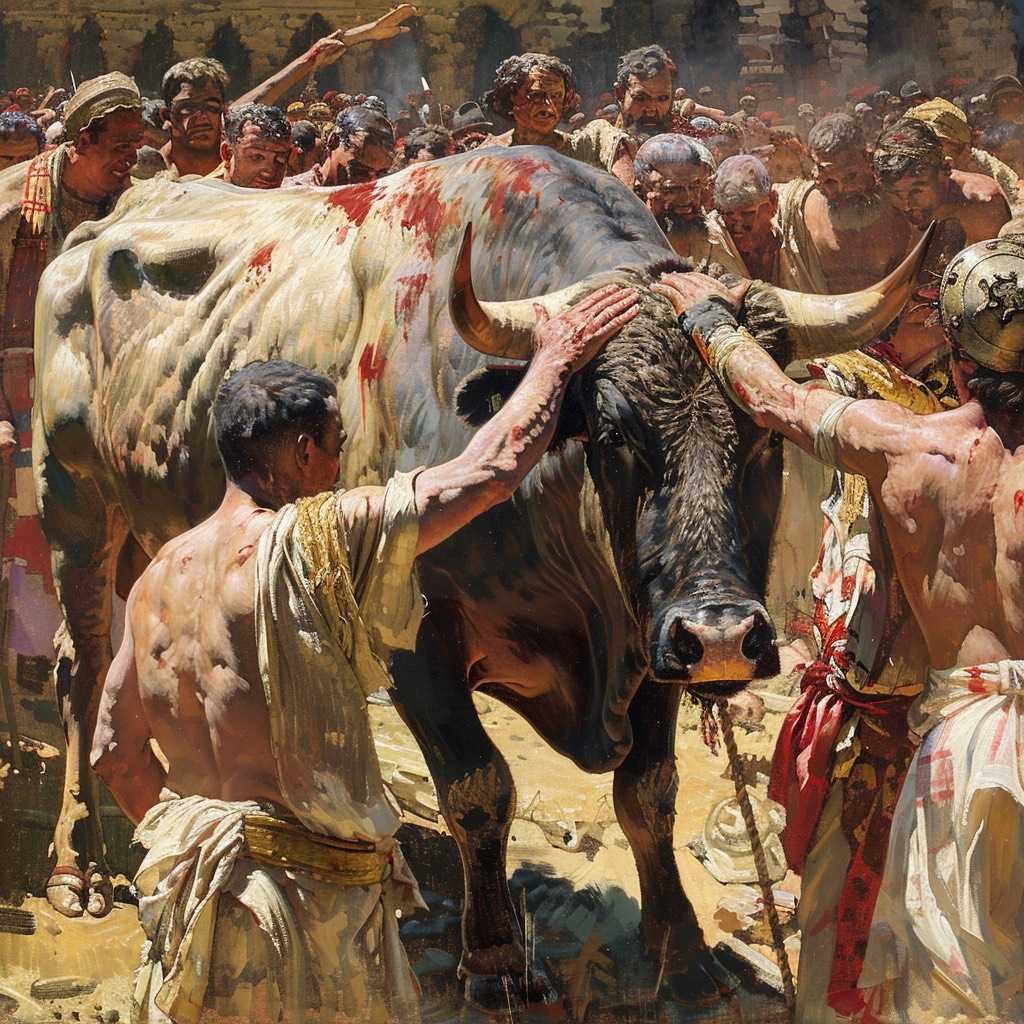Ancestral rites (Leviticus 1-7)

Let’s explore the first seven chapters of Leviticus, which detail various offerings and their significance. These chapters provide a profound understanding of how the Israelites were to worship God and maintain their covenant relationship with Him.
Leviticus 1: The Burnt Offering
The Burnt Offering
The burnt offering was a voluntary act of worship, atonement for unintentional sin, and an expression of devotion, commitment, and surrender to God. The offering could be a bull, sheep, goat, or bird, depending on the individual’s wealth.

The animal was to be a male without defect. The person offering the sacrifice would lay their hand on the animal’s head, symbolically transferring their sin to the animal. The animal was then slaughtered, and its blood sprinkled on the altar. The entire animal was burnt on the altar, producing a pleasing aroma to the Lord.

Leviticus 2: The Grain Offering
The Grain Offering
The grain offering, also called the meal offering, was an offering of fine flour, olive oil, and incense. It symbolized dedication to God and acknowledged His provision. Part of it was burnt on the altar, and the rest was given to the priests.

The offering could be presented in various forms: uncooked (fine flour and oil) or cooked (baked, fried, or grilled). It was always to be seasoned with salt, symbolizing the enduring nature of the covenant with God.

Leviticus 3: The Fellowship Offering
The Fellowship Offering
The fellowship offering, also known as the peace offering, was a voluntary act of worship and thanksgiving, emphasizing fellowship with God. It could be a male or female animal from the herd or flock, but it had to be without defect.

The fat of the animal, considered the best part, was burnt on the altar, while the breast and right thigh were given to the priests, and the rest was eaten by the offerer and their family in a communal meal, signifying peace and fellowship with God.

Leviticus 4-5: The Sin Offering
The Sin Offering
The sin offering was mandatory for atonement of specific unintentional sins and purification. The type of animal required depended on the status of the person (priest, congregation, leader, common person).

The blood of the sacrificed animal was used in different ways depending on the sin’s severity, including sprinkling it before the veil of the sanctuary, applying it to the horns of the altar, or pouring it at the base of the altar. The fat was burnt on the altar, and the rest of the animal was disposed of outside the camp.

Leviticus 5: The Guilt Offering
The Guilt Offering
The guilt offering, also known as the trespass offering, was mandatory for specific sins that required restitution. This offering focused on sins against God’s holy things or sins against others.

The person offering the guilt offering had to provide a ram without defect and make restitution by paying an additional 20% of the value to the wronged party. This offering emphasized the need for repentance and reparation.

Leviticus 6-7: Additional Instructions and Regulations
Additional Instructions
Leviticus 6 and 7 provide further details on the offerings, including the responsibilities of the priests and additional regulations. These chapters emphasize the importance of following God’s commands precisely.

The priests had specific roles and were provided portions of certain offerings as their food, symbolizing their service to God and the community. The continual burnt offering was also introduced
